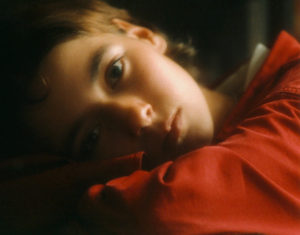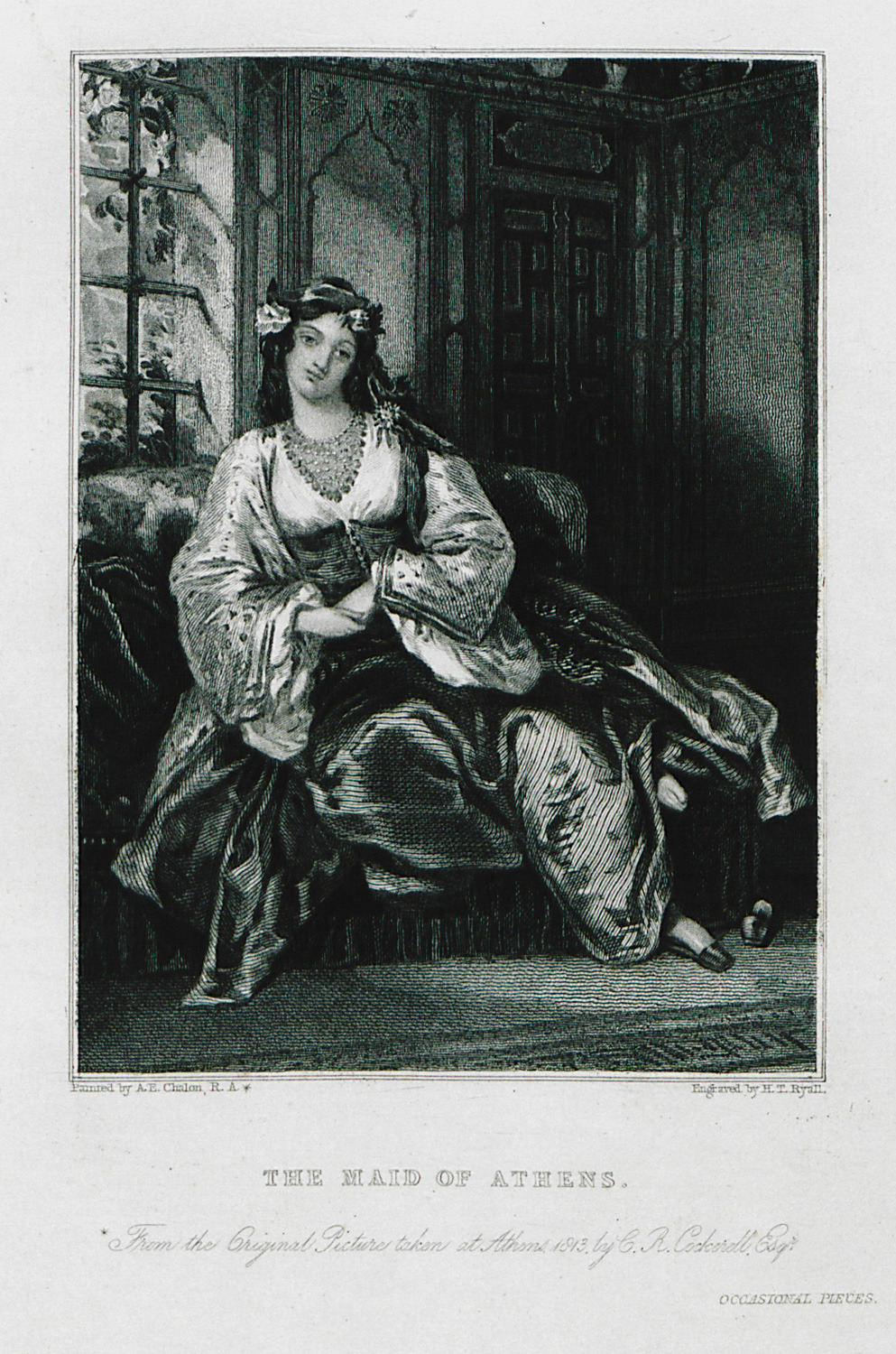
Lord Byron’s long poem Childe Harold’s Pilgrimage was published between 1812 and 1818, the first two Cantos in 1812, the third in 1816 and the fourth in 1818, and each edition added some new material. The seventh edition appeared on February 1, 1814, with nine poems added to the twenty already published, and a poem titled “To Ianthe” was prefixed to the First Canto. Written in the autumn of 1812, it was dedicated to Lady Charlotte Harley. CONTINUE READING / CONTINUER LA LECTURE…


